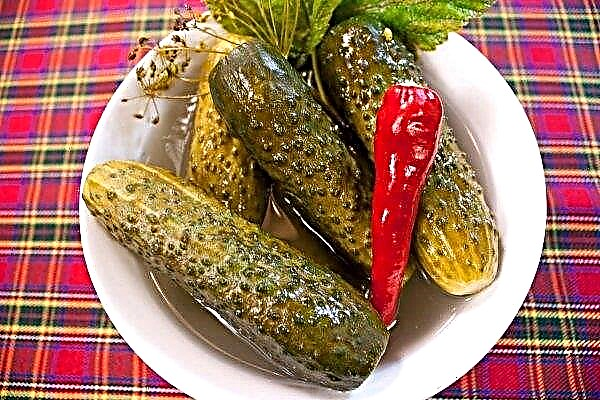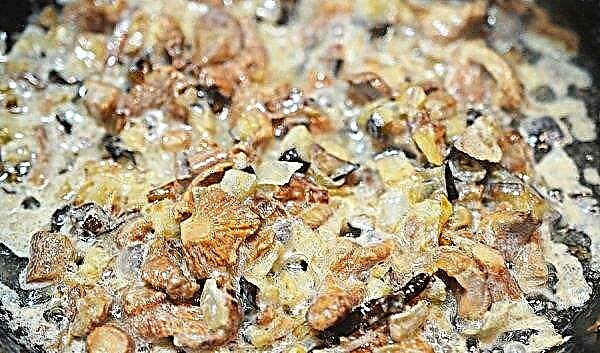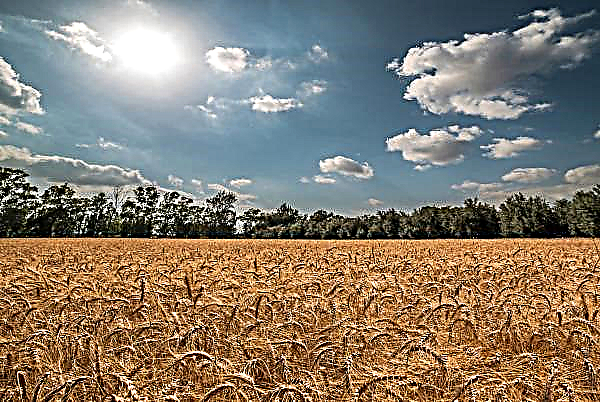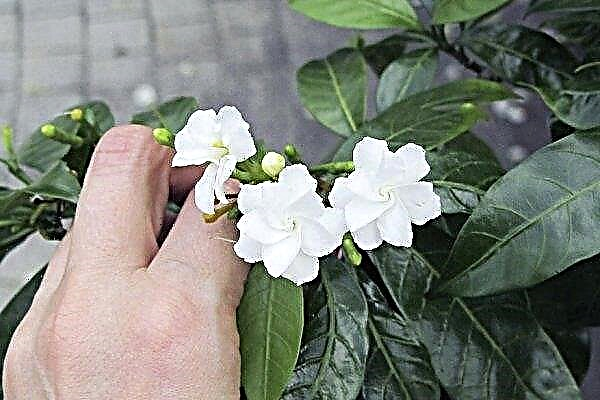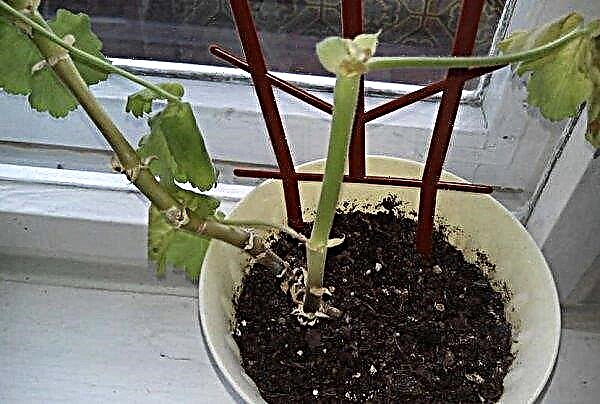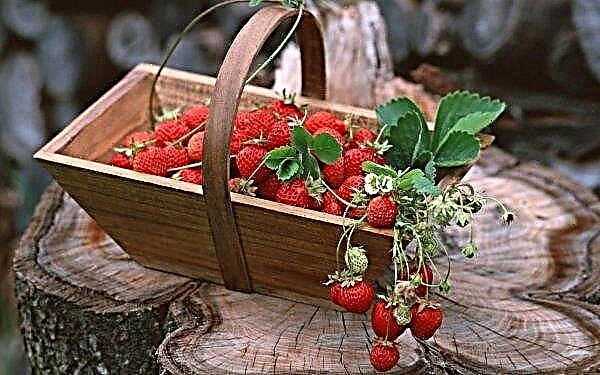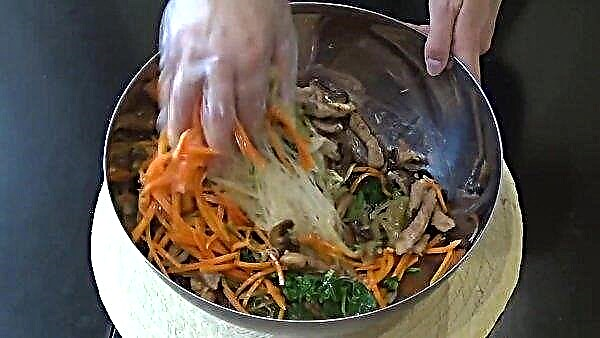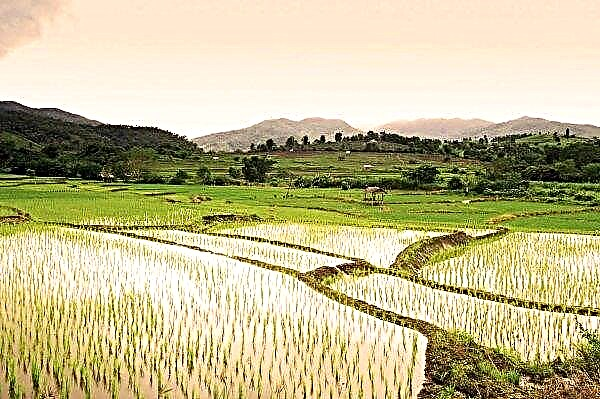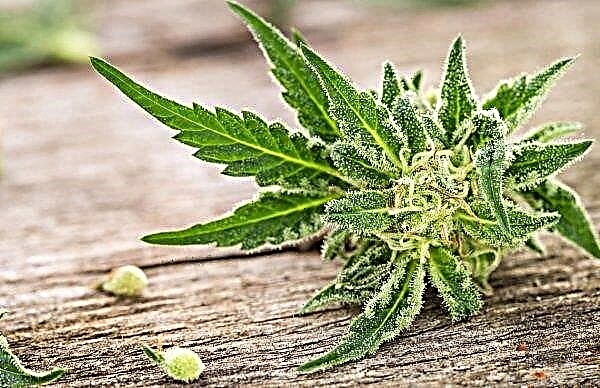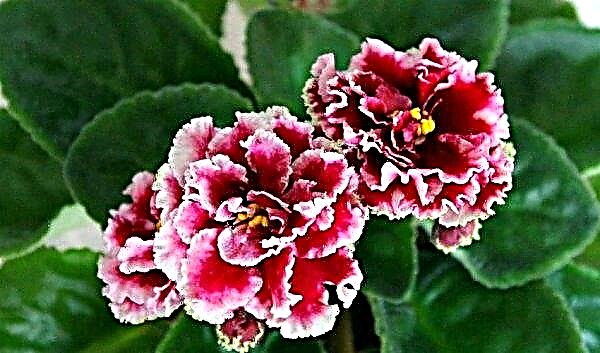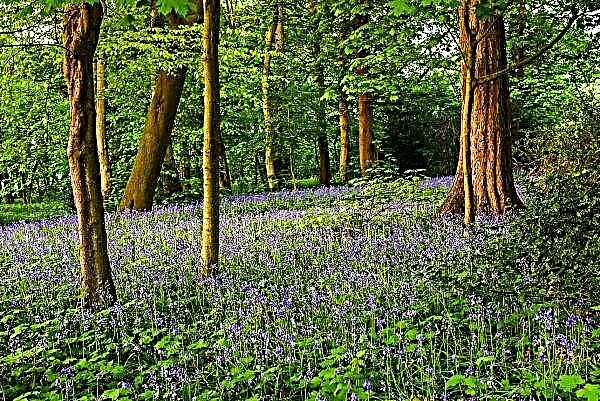The Polish mushroom is the “inhabitant” of the coniferous forests of Europe, Siberia, the Far East and North America. It is often compared with boletus. A description of the fungus, its difference from other similar species, as well as a list of its useful properties, can be found later in the article.
Description
The classification of Polish mushroom is one of the longest. It was first described by Elias Magnus Fris in 1818 and was named Boletus castaneus ß badiusassigned to the genus Boletus. After reforming the classification system, Polish was transferred to the genus Xerocomus (in 1931).
But not all mycologists agreed with this selection. For example, the stickiness of the Polish hat is not inherent in the mushrooms isolated in Xerocomus. As a result, some sources began to attribute Polish to the family Boletusand others to Xerocomus.
 In 2013, based on a genetic analysis conducted by Alfredo Vizzini, this edible mushroom was isolated in a separate genus, receiving another name - Imleria badia. So now you can meet three different classifications of Polish.
In 2013, based on a genetic analysis conducted by Alfredo Vizzini, this edible mushroom was isolated in a separate genus, receiving another name - Imleria badia. So now you can meet three different classifications of Polish.
Among the people, the mushroom also received several names: brown, pansky, chestnut moss. The first is for what his hat looks like. The second - he grew and was brought from Poland. The third is for the texture.
Polish has a chestnut, large hat located on a lighter leg. It is distributed in spruce and pine forests. Sometimes appears under oaks, beeches and chestnuts. The main season for its collection begins in late summer and lasts until mid-autumn.
 At the bonding of the cap and leg, the flesh turns pale blue. This also happens during deformations, under the influence of air. Such a change is weak and after a while the blue stain may disappear.
At the bonding of the cap and leg, the flesh turns pale blue. This also happens during deformations, under the influence of air. Such a change is weak and after a while the blue stain may disappear.
Identification:
| A cap | Diameter 3–9 cm. The shape is convex, pillow-shaped or flat. In young specimens, it is almost spherical in shape. The surface of the young mushroom is sticky, but eventually becomes dry, and only in wet weather will it be sticky. The texture is velvety or smooth. Hue - from reddish brown to brownish red. The edge of the cap is often slightly sharpened. |
| Leg | Length 5-15 cm. Thickness 1-3 cm. The shape is cylindrical, vertically aligned. May be slightly narrowed up or swollen below. Dense. Yellowish at the bottom and lighter at the top. A surface with wide, shallow wrinkles (at a young age), then becomes smoother. The basal mycelium is white. |
| Pulp | Whitish, often turns yellowish, fleshy, dense. On the cut, it acquires a bluish tint. |
| Spore powder | Pale yellow, an overripe specimen can have a greenish yellow to olive hue. |
| Disputes | Size 12-15 × 4-5 microns. Somewhat oblong, slightly thickened in the middle. |
| Smell and taste | Indistinguishable. |
Where and at what temperature does the Polish mushroom grow
Its pretty easy to recognize. Boletus badius appears on the trunks of fallen, decaying trees or on the ground. Grows alone or absentmindedly in small groups. If you meet several copies together, then there will be no more than four.
Important! The flywheel prefers to grow on grassy or mossy areas, on or near the edge of the forest. It does not tolerate calcareous (chalk) soils.
Polish can be well hidden by pine needles and ferns. Therefore, you will need a stick to gently push the needles apart. Mushrooms begin to appear en masse after heavy rain in warm weather. The air temperature should be around + 20 ° C.
Late summer (August) and autumn - the time of active propagation of the Polish mushroom. Its main advantage is that it is rarely affected by insects, even when it is aging. But it can be affected by ticks. Some microorganisms also damage the surface. Among them is a microgrib Pseudomonas aeruginosarotting and black mold.
Edible or not
Edible, belongs to the second class of edibility. It includes species with a high content of nutrients. Flywheels are, as a rule, large specimens with a large volume of pulp. Therefore, one copy will be enough for breakfast for two.
Check out

The dishes are combined with porcini mushrooms. It tastes softer than white. Unlike most whites, it can be eaten raw.
You can also fry in butter or put in meat and fish dishes. It is recommended to use younger copies in the first and second courses.
Mature can be suitable for cutting and drying.
The texture of the Polish is porous and easily absorbs moisture. therefore it does not need to be soaked - just wash.
It is very easy to dry for storage, if first cut into thin vertical slices. Alternatively, you can cut into pieces, then freeze for later use.

Properties of Polish Mushroom
In folk medicine, the healing properties of Boletus badius are noted. A study conducted in our time has revealed an important amino acid, theanine, in its composition.
- It is useful in the following cases:
- Helps reduce stress
- lowers blood pressure;
- suppresses the negative effects of caffeine and other pathogens of the nervous system;
- possesses antitumor activity;
- provides overweight reduction;
- provides a neuroprotective effect.
The methanol extract of dried Boletus badius was analyzed for antioxidant activity, including the removal of free radicals, and showed good results.
Important! In some people, a flywheel can cause an allergic reaction. The bluish coating that appears when the surface is damaged can be harmful to health, although the mushroom becomes colorless when cooked.
The difference between a Polish mushroom and a white mushroom
A similar coloration causes a correlation with the golden boletus (Boletus projectellus). But the latter is usually stronger in appearance and has a mesh foot.

There are also other differences:
| White | Polish |
| Hat - 7-30 cm, brown; | Hat - 4-12 cm, with raspberry tint |
| Large leg | Thin leg |
| The pulp is elastic, does not change color | The pulp is dense, when pressed, it turns blue |
How to distinguish from false counterparts
You can distinguish a mushroom from false counterparts in appearance. But even if you do not understand the description, try to carefully read the differences in the poisonous mushrooms to leave them in the forest. And carefully consider the rest at home before cooking.
- Similar mushroom - elegant porphyry (Austroboletus gracilis) He has a similar color and thin leg. But unlike Polish, it does not have a “blue reaction” when squeezed. The surface of his spores is initially white, not beige. The porphyry hat does not stick.

- European buffalo flywheel (Xerocomus bubalinus) are also sometimes confused with Polish and white. Its distinctive features are a greenish rather than a yellowish hue, a pillow-like porous hat, a leg with a pinkish blush. The hat does not become sticky in high humidity.
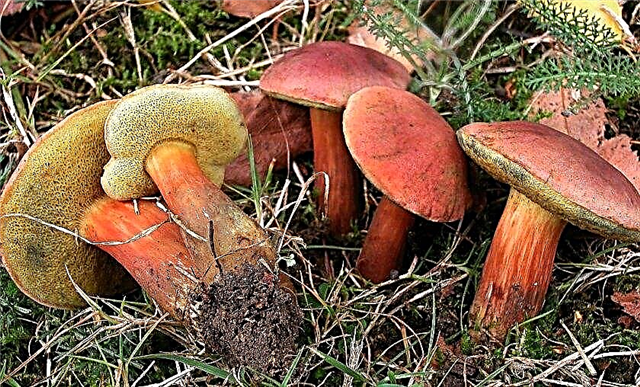
Gall mushroom
Gall mushroom (Tylopilus felleus) widespread in coniferous forests. It can grow both alone and in small scattered groups. The collection season lasts from July to October.
It is characterized by large size, a massive leg with a dark brown “mesh” and an extremely bitter taste. It is distinguished by pale pink pigment spots on the underside of the cap.

Identification:
| Hat | Diameter 5–13 cm. Convex, becomes widely convex or almost flat with age. The surface is dry, smooth and soft-leathery, matte, sometimes covered with cracks. Color - brown, fades over time. |
| Leg | Length 4–10 cm. Thickness 1.5–4 cm. Top from whitish to pale brownish in color and from pale brown to brown in the lower part. Surface with a wide brown net. The basal mycelium is white. |
| Pulp | Thick, soft, white. When slicing, the color does not change. |
| Smell and taste | Very bitter taste. The smell is almost absent. |
 It is not poisonous. But the bitter taste of Tylopilus felleus, intensified by heat treatment, makes him an undesirable guest in a mushroom picker.
It is not poisonous. But the bitter taste of Tylopilus felleus, intensified by heat treatment, makes him an undesirable guest in a mushroom picker.
Satanic mushroom
Satanic mushroom (lat. Boletus satanas) is one of the most common poisonous mushrooms. Its distinguishing features: a gray cap, carmine-red spores and a barrel-shaped stem - red in the center, yellow near the cap and below near the base. It grows from July to September in deciduous forests on calcareous soil.

In its raw form, it is toxic - even small doses cause vomiting, dehydration and general agitation. After thorough cooking, it is practically harmless, although it is still not recommended to collect it. This is a rare and beautiful mushroom, but it is better to leave it as a decorative element in the forest.
Flywheel mottled
Flywheel motley (Xerocomellus chrysenteron) Is a species well-known to mushroom pickers with a large brown or olive hat. A cracked, mosaic-like surface forms rather quickly on it, and a pinkish flesh shines through the cracks. Another difference is the small size of the mushroom.
It forms mycorrhiza with hardwoods, especially with oaks, sometimes with conifers. Can grow alone or in groups. Appears in warm weather. Therefore, it can be collected from mid-summer until late autumn.
Did you know? The largest animal organism on the planet — mushroom. We are talking about the mycelium of the dark honey agaric (Armillaria ostoyae), which is located in the Oregon mountains. The mushroom is more than 2400 years old, the area of the mycelium is 8.9 km².
Identification:
| Hat | Diameter 2–7 cm. The surface is dry, velvety in a young fungus and covered with cracks in a mature state. The edge of the cap may be more red when the flywheel begins to overripe. |
| Leg | Length 3–7 cm. Thickness 0.5–1.5 cm. Form more or less even or tapering to the base. Dense, yellow - on top, pinkish - below, purplish red - at the base. The basal mycelium is white to yellowish in color, not reticulate, but sometimes with wide longitudinal protrusions. |
| Pulp | yellowish in the old mushroom. When pressed, it turns blue. |
| Smell and taste | Neutral |
Chestnut flywheel
Chestnut flywheel (Boletus ferrugineus) - the owner of a distinctly ribbed leg and a delicate velvety hat. Distributed almost everywhere in Europe and the European part of Russia. It grows on acidic soils in coniferous forests. Harvesting takes place from July to November.
Forms mycorrhiza with fir trees. But also, sometimes, it is found in deciduous plantings, in mixed coniferous-deciduous forests. It can grow both alone and in scattered groups.
Identification:
| A cap | Diameter 4–9 cm. Convex or pillow-shaped. The surface is dry, velvety. Usually from olive brown to russet or tan. |
| Leg | Length 3–7 cm. Thickness 1–2 cm. The base is slightly narrowed. Consistency is solid and tough. Color - from whitish to yellowish. The basal mycelium is yellow. |
| Pulp | Pale yellowish. It does not stain when sliced or becomes pinkish at the cap. |
| Smell and taste | Not expressed |
Green flywheel
Green flywheel (Xerocomus subtomentosus) Is one of the first species described by Karl Linnaeus (1753). Later, the concept of Linnaeus was improved and now the fungus has been transferred to the new genus Xerocomus. It grows in deciduous forests.
It has a yellowish-brown velvety hat and pulp, which can turn blue when sliced. If a drop of ammonia is dripped onto the surface of the fungus, then it will turn dark red. It forms mycorrhiza with many hardwoods, including oak, beech, birch, aspen.

Identification:
| A cap | 3–9 cm in diameter. Convex, dry, velvety, from brownish-yellow to brown. |
| Leg | 4–7 cm long and 1–2 cm thick. Uniform, long, thin, hard, sometimes ridge near the apex, but not mesh. The basal mycelium is white. |
| Pulp | White. Near the cap is pale blue. Turns blue when sliced. |
| Smell and taste | Neutral |
Mushrooms are good for the body. But if you are not confident in your knowledge, then take only those instances that you can definitely identify. Follow the rules of cooking. And if mushrooms need to be boiled or soaked before use, then do not neglect this. This approach will help you organize a great addition to your family’s diet without risking anyone’s health.



